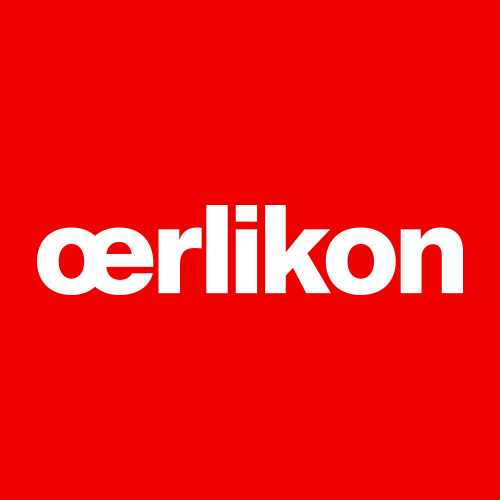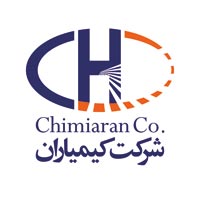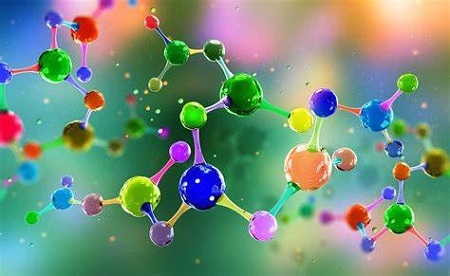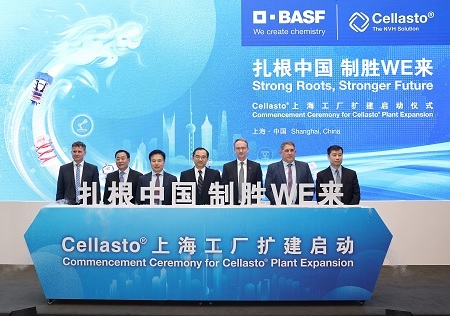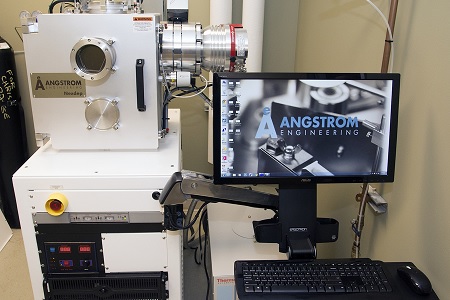Chrome-plating has been a technology that interests many product designers in various sectors. By making a product look attractive with the metallic appearance, the product’s perceived value is raised.
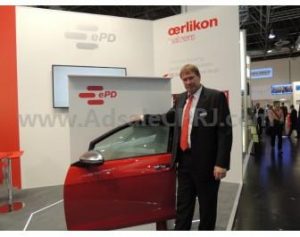
However, traditional chrome-plating, a technique of electro-plating technology, is being replaced by alternative ones in order to eliminate substances that are harmful to human health and the environment.
The phasing out of products containing Cr(VI), which can be found in chrome-plated products, is taking place in the European market, and a deadline has been set for September 21, 2017.
After this date, Cr(VI)-containing products cannot be sold in the European market without authorization granted by the European Chemical Agency (ECHA). It is expected that all C(VI)-containing products will be eliminated in the next four to seven years.
People in the industries concerned, such as the automotive, sanitary and household goods industries which electroplates layers of chromium onto metal or plastic objects, are looking for alternatives to the existing processes, but there are not many in the market, according to Dr. Rüdiger Schäfer, Oerlikon Balzers’ Head of Sales and Technology for ePD.
ePD, short form for “embedded PVD for Design parts”, is Oerlikon’s technology brand that offers integrated services, equipment and solutions for chrome looking metallization of plastic parts.
Schäfer said ePD is a clean alternative to electro plating technology. There is no harmful chemicals used in the process, and it is environmentally friendly because it consumes less energy while the ePD-coated parts are fully recyclable.
The new process is described as “embedded PVD for Design parts” because the metallization effect is sandwiched between two layers of UV lacquer. The first layer is the base coat, which serves to equalize irregularities on the surface of the injection molded plastic substrate.
On top of this comes the actual inline PVD, which uses magnetron sputtering in a vacuum chamber for a stable coating with high microstructure density and with no harmful ions left behind. To protect the metallized coating, a final UV coating (top coat) is applied.
The automotive industry is the biggest market for ePD as an average 10,000 chrome-plated parts per car manufacturer are in use.
Schäfer said chrome-plating is increasingly used for new cars and ePD is available as an alternative. Since it came out, the response from the market has been “crazy”, he said. “There are other alternatives in the market but not many. It’s a billion-dollar market.”
Schäfer said ePD is a breakthrough technology that would give the automotive, sanitary, cosmetic and white goods industries, as well as the electroplating companies, a competitive advantage in the global market.
China is expected to follow suit to impose similar restrictions, he reckoned, saying that some areas in China with concentrated manufacturing of sanitary products have been severely damaged, with plantation and local people’s health deteriorating.
Source : China Plastic & Rubber Journal

